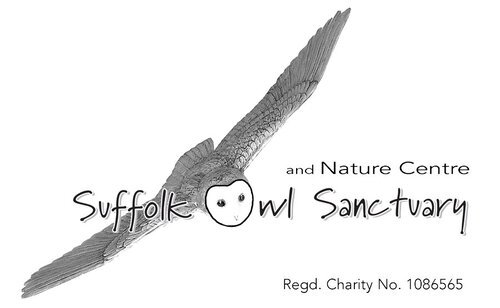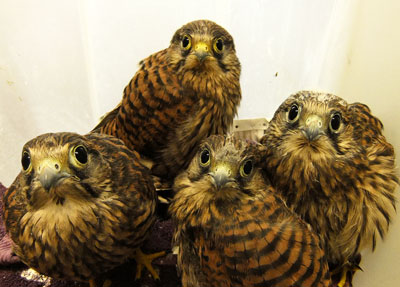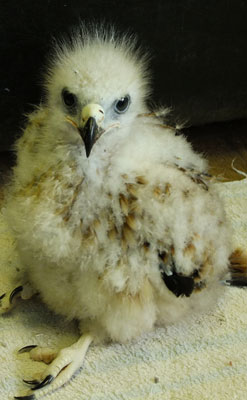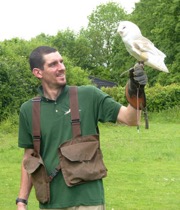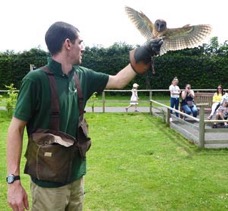The raptor hospital at Suffolk Owl Sanctuary is the only such facility serving the Suffolk area. As such, it is a hive of activity throughout the year, but particularly during the late Spring/early Summer months when progeny are maturing and taking their first tentative steps into the airborne world!
At the time of writing the hospital ward is almost at capacity, with five young Kestrels adding to the influx of patients at this time of year
Unusually, four of the kestrels are siblings and were brought into the hospital together. During clearance work in a local garden, a number of trees were felled and unfortunately, one of the trees contained a nest site in which one diligent kestrel couple had been rearing their four chicks.
After such a major dissembling of the kestrel’s habitat, there was no likelihood of the parent birds returning to their brood, so the concerned house owner immediately stepped in. The four youngsters were wrapped up and placed in a lidded box, to offer dark quietude during their journey to the sanctuary, in the hope that the stress and shock of their ordeal would not prove too much for the tiny birds.
On arrival, the falconry staff ascertained that the kestrels were just over two weeks old and, apart from suffering understandable shock at the loss of their nest, were otherwise in good condition. Had the tree clearance happened a week or so earlier, the outcome for the young birds would have been severe, as young kestrel chicks need constant brooding for the first 10 - 14 days of life.
Our hospital admissions had just passed this crucial landmark and now had the ability to regulate their own temperature. Their father had also been conscientious in his provision of food for mum and babies, as their body condition was good, so thanks to the parent birds’ hard work, the quadruplets had a great start in life and the best possible chance of survival. We were happy to step into the breach left by the adult kestrels and continue to feed, monitor and protect their progeny.
The Kestrel quadruplets will soon be transferred from
the hospital ward to a secure hack site.
